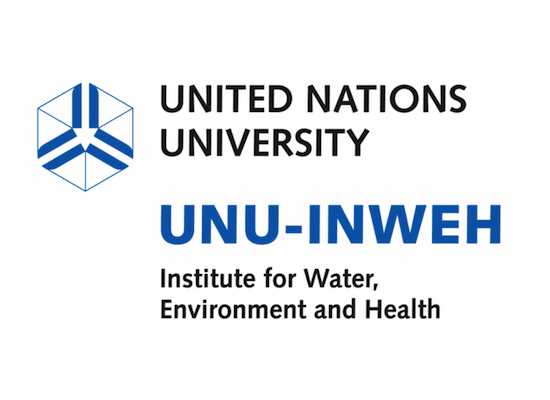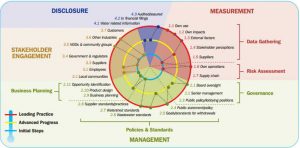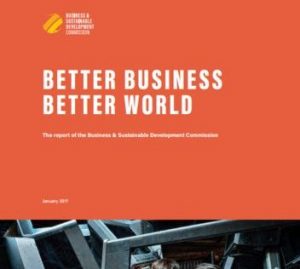Primary Functions
- Learn about the ‘Catch 22’ of wastewater use in developing countries and policy recommendations to better manage and mitigate the negative effects of untreated wastewater.
Detailed Description
Water recycling and safe reuse is critically important for water quality protection and water resource conservation. Safely managed wastewater protects environment and health and when safely used in agriculture it helps improve livelihoods and the resilience of farming communities. In addition, when wastewater is safely managed, nutrient and energy recovery results in revenue generation to enhance the economic value of wastewater and increase in cost recovery (WWAP 2017). However, despite multiple benefits that wastewater brings to communities, progress on treatment of wastewater and fit-for-purpose use of treated wastewater remains very slow in many developing countries (Andersson et al., 2016). Today, these countries are at a crossroads to move forward with decision-making and put in place supportive policies that open strategic investments, to expedite wastewater treatment, that will contribute to water-related sustainable development.
• The use of untreated wastewater in developing countries presents a ‘Catch 22’ situation: it provides critical economic and social benefits to poor communities, but this often comes at the expense of unacceptable health and environmental risks.
• Recent evidence suggests that there are significantly higher prevalence rates of water borne diseases such as gastroenteritis in areas irrigated with raw wastewater (75%) than freshwater irrigated areas (13%); with associated higher annual health costs.
• The Disability Adjusted Life Years (DALYs) – a key global indicator for population health and wellbeing – stemming from diarrhea are significantly lower in countries with improved water quality; expressed as a higher percentage of wastewater treatment, and vice versa.
• If SDG 6.3 is achieved worldwide by 2030, Low income countries will still have 46% untreated wastewater, 36% in lower- middle-income countries, 31% in upper-middle-income countries, and 15% in high-income countries.
• Monitoring the progress of implementing and achieving SDG 6.3 at the country level will require access to pertinent, high quality data and robust monitoring mechanisms, which today are lacking or embryonic in most developing countries.





